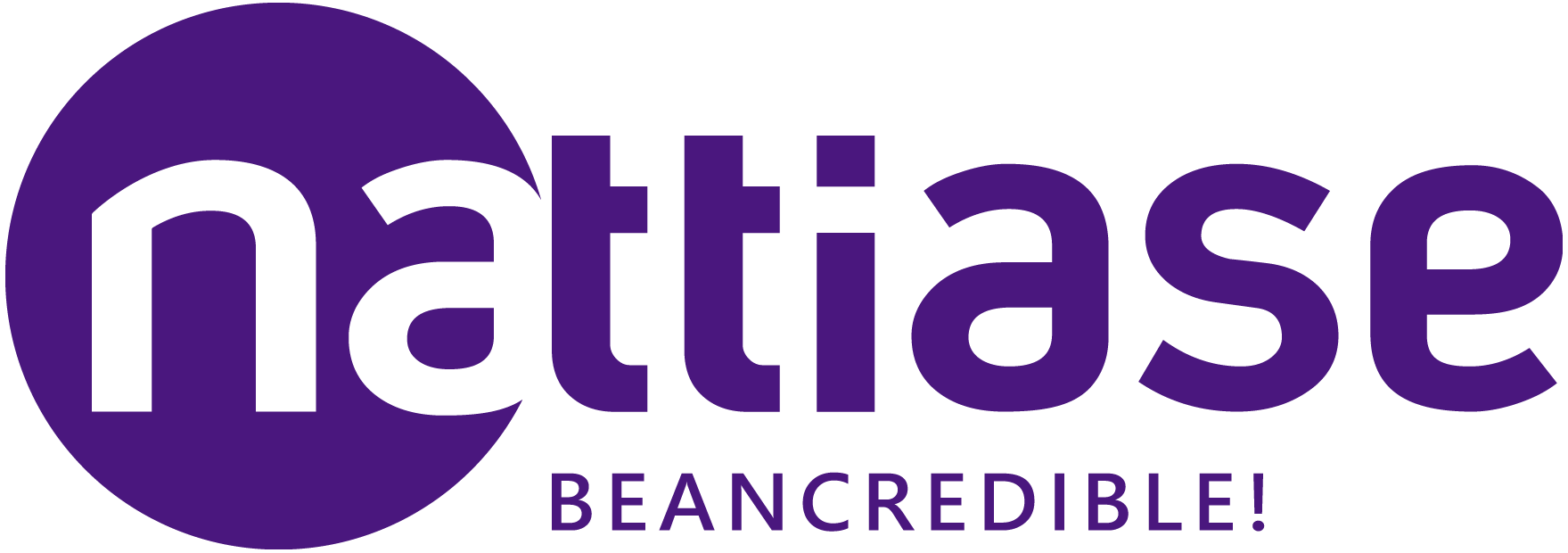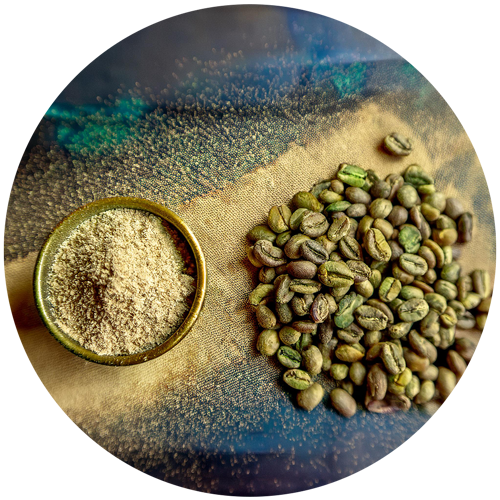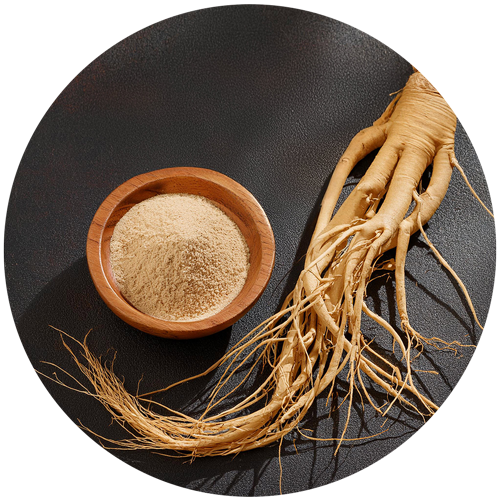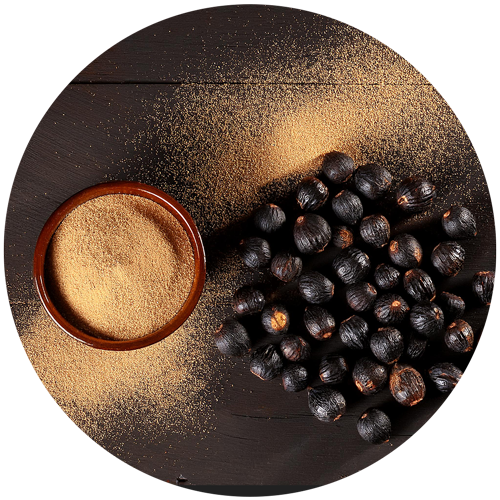Nattiase: for normal blood flow.
Nattiase© is a fermented soy extract whose active ingredient is nattokinase. It helps maintain a healthy balance of blood fluidity and circulation.
Thank you for your request.
We’ll get back to you as soon as possible!
Continue on page View our catalogWhy choose Nattiase©?

What is Nattiase©?
Nattiase® is a fermented soy extract containing an enzyme called nattokinase. This enzyme comes from the fermentation of soy by Bacillus subtilis. This fermented soybean is also known as “natto”, and the Japanese consume it regularly as a foodstuff thanks to its various nutritional virtues. Nattiase®, a source of nattokinase, is renowned for its beneficial effect on cardiovascular function, as it maintains good blood fluidity.
Production stages
Nattiase produced by our partner Contek in Taiwan. This company specializes in the production of nattokinase. In 2019, Pharmanager Ingredients and Contek have joined forces to offer a nattokinase that fully meets the specifications of Novel Food Regulation 2015/2283 and Implementing Regulation (EU) 2017/2470. Nattiase is therefore the fruit of this partnership, with development to ensure regulatory compliance, but also and above all transpositions of specific analysis methods from Asia to our partner laboratories in France.
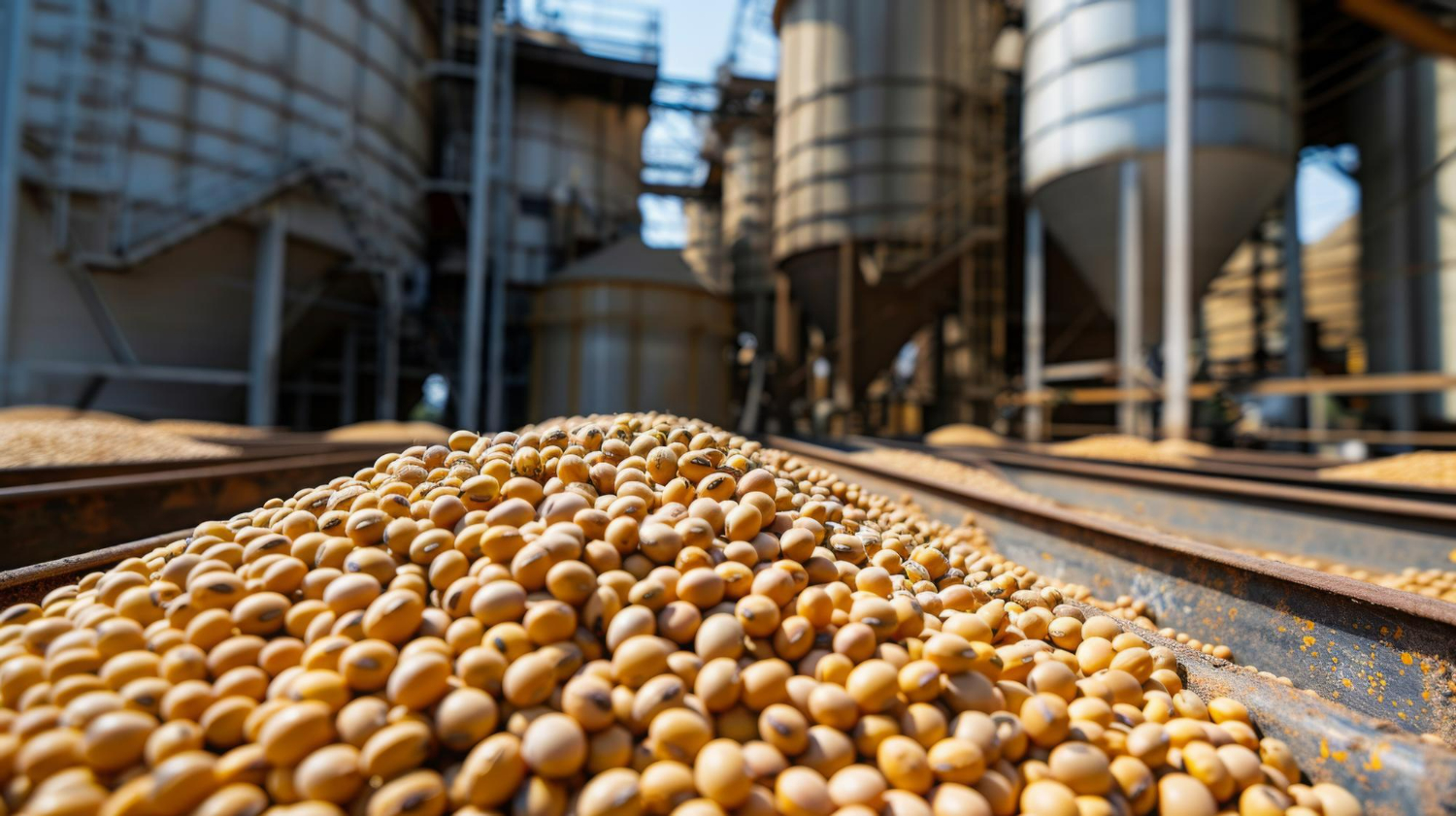
Quality control and production lines
Nattiase production takes place in ISO7-certified rooms on an ISO 22000 and FSSC 22000-certified site.
This begins with a rigorous selection of the soybeans that will be the substrate for enzyme production. The industrial process follows two main stages: pre-treatment and production.
We control the quality of Nattiase throughout the production chain. We analyze the batches produced according to the parameters defined in our specifications, in compliance with Novel Food regulation 2015/2283.
Finally, in vivo safety studies revealed no effects associated with the use of Nattiase. These included 28-day repeated-dose oral toxicity, acute toxicity and mutagenicity tests.
Association ideas by health area
Select one or more axes:
A little science?
The cardiovascular system distributes blood to all our organs. To ensure proper distribution of blood throughout the body, various physiological phenomena are put in place by our body. This is called hemostasis. This mechanism helps maintain a healthy balance in blood fluidity and circulation. This phenomenon brings together a number of complex physiological processes, including control of vessel motricity (vasoconstriction and vasodilatation), platelet aggregation and the synthesis of enzymes and plasma proteins such as fibrin, whose main role is to maintain proper blood coagulation. Once fibrin has fulfilled its role, it is naturally degraded by an enzyme called plasmin. Plasmin has the ability to destroy certain plasma proteins. This balance between coagulation and fluidity maintains blood circulation in normal conditions. Nattiase® is renowned for its beneficial effect on cardiovascular function, as it maintains good blood fluidity. Nattiase’s activity is also explained by its fibrin degradation mechanism: a mechanism similar to that of plasmin. This ensures normal blood circulation
Natto, a soy-based food fermented with Bacillus subtilis bacteria, has been part of Japanese cuisine1 for over 1,000 years, appreciated for its gustatory qualities. Much more than a simple dish, natto is consumed for its various nutritional virtues2. This is perhaps one of the reasons why the Japanese enjoy a longer lifespan and better cardiovascular health than people in other countries3. Following the discovery of nattokinase in the early 80s by Dr Hiroyuki Sumi, many studies evaluated the health effects of supplementation with this enzyme, which has a molecular weight of 27.7 kDa and is made up of 275 amino acids. The results have been particularly interesting for the cardiovascular axis:
- Normal circulation and blood flow. 4
- Improved lipid profile by increasing the level of good cholesterol in the blood (HDL). 5
- Normal blood pressure. 6-7
In the USA, nattokinase has been available for sale since 1998, and gained in popularity at the beginning of 2002 after the American population became aware of its health benefits, particularly with regard to the cardiovascular axis, as well as the media coverage of the benefits of the Asian diet (natto).
Sources :
1. Kurosawa Y, Nirengi S, Homma T, Esaki K, Ohta M, Clark JF, Hamaoka T. Sci Rep. 2015 Jun 25;5:11601. doi: 10.1038/srep11601. PMID: 26109079; PMCID: PMC4479826.
2. Afzaal M, Saeed F, Islam F, Ateeq H, Asghar A, Shah YA, Ofoedu CE, Chacha JS.Biochem Res Int. 2022 Oct 21;2022:5863887. doi: 10.1155/2022/5863887. PMID: 36312453; PMCID: PMC9616652.
3. « Mortalité due aux maladies cardiovasculaires », dans Health at a Glance 2015 : OECD Indicators, Éditions OCDE, Paris.
4. Kurosawa, Yuko et al. Scientific reports vol. 5 11601. 25 Jun. 2015
5. Ren NN, Chen HJ, Li Y, Mcgowan GW, Lin YG. Zhonghua Yi Xue Za Zhi. 2017 Jul 11;97(26):2038-2042. Chinese. doi: 10.3760/cma.j.issn.0376-2491.2017.26.005. PMID: 28763875.
6. Kim JY, Gum SN, Paik JK, Lim HH, Kim KC, Hypertens Res. 2008 Aug;31(8):1583-8. doi: 10.1291/hypres.31.1583. PMID : 18971533.
7. J Jensen GS, Lenninger M, Ero MP, Benson KF. Integr Blood Press Control. 2016 Oct 13;9:95-104. doi: 10.2147/IBPC.S99553.
